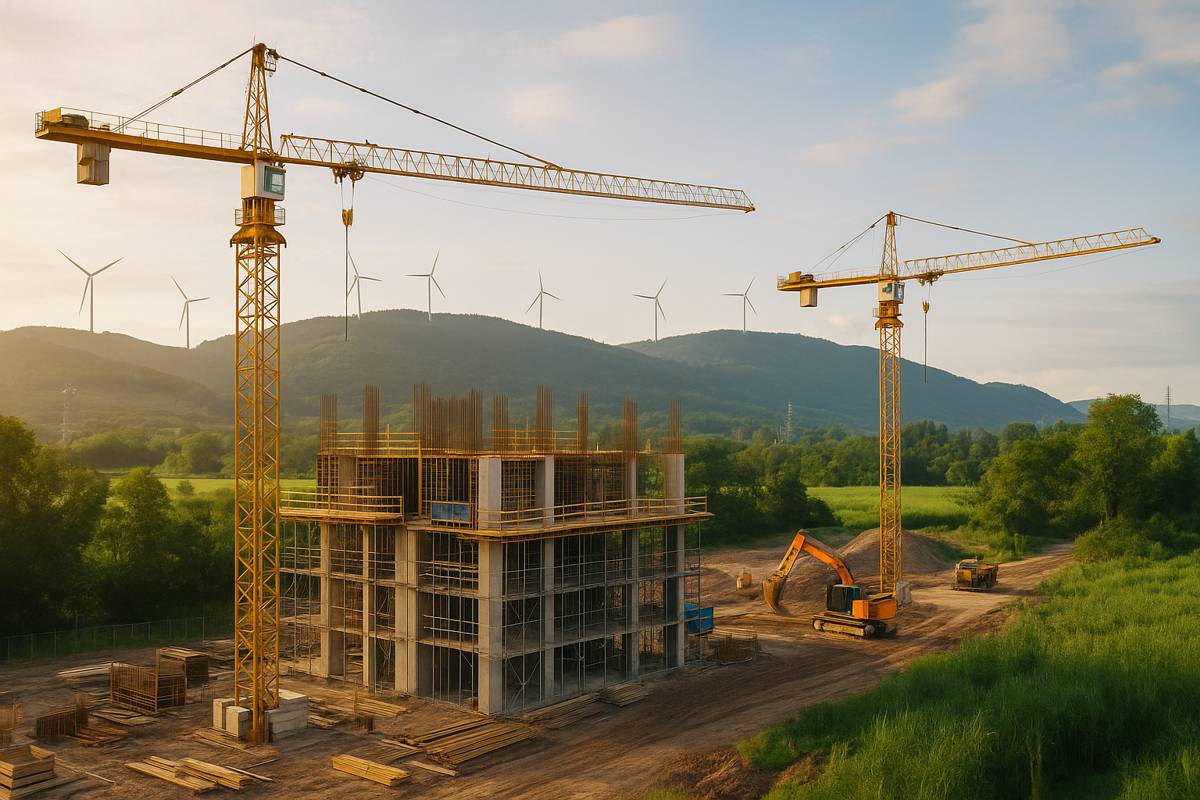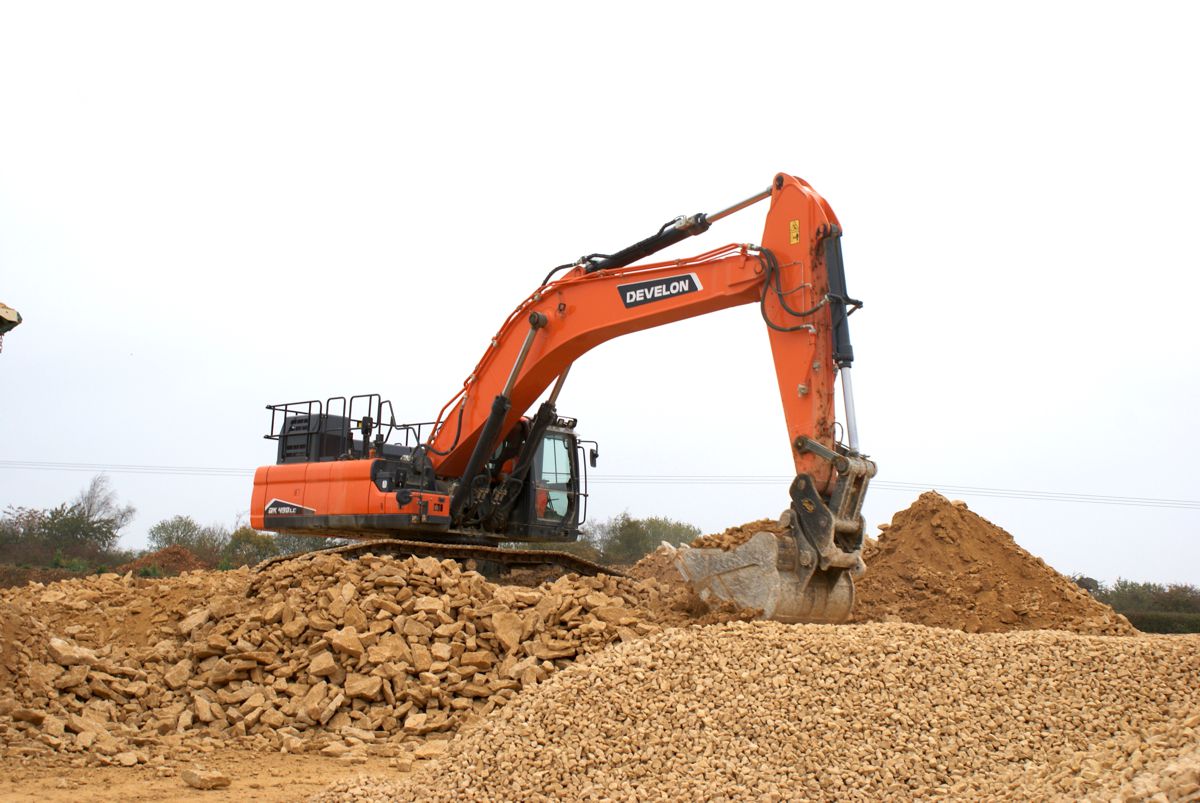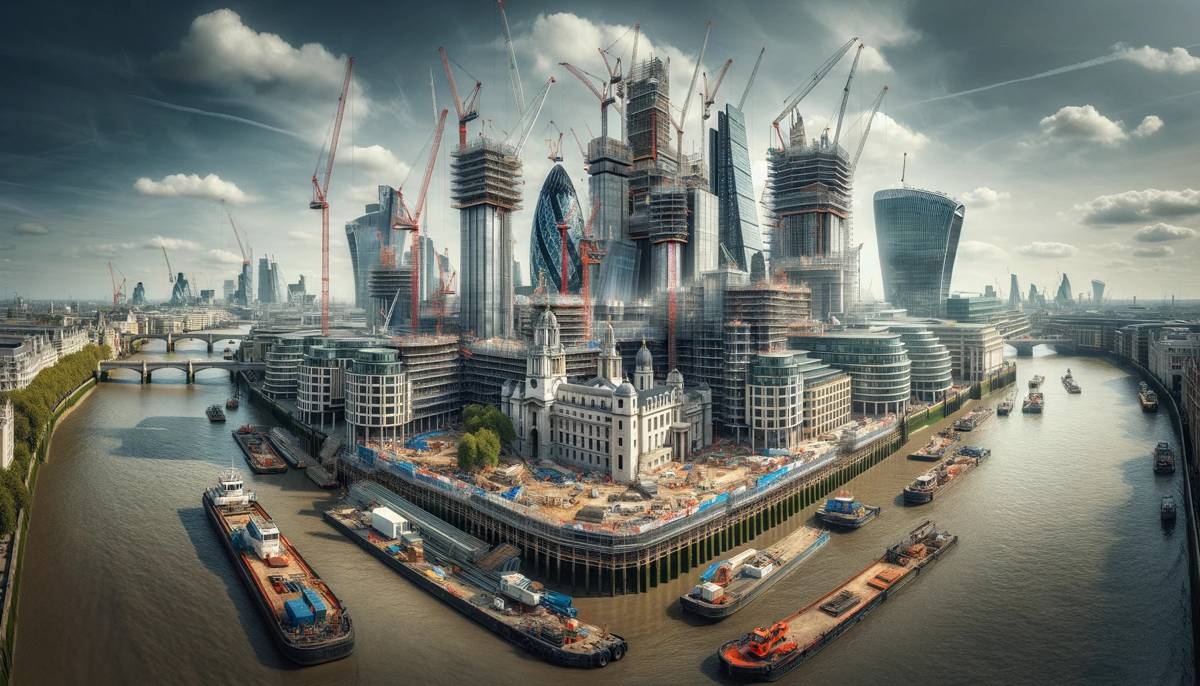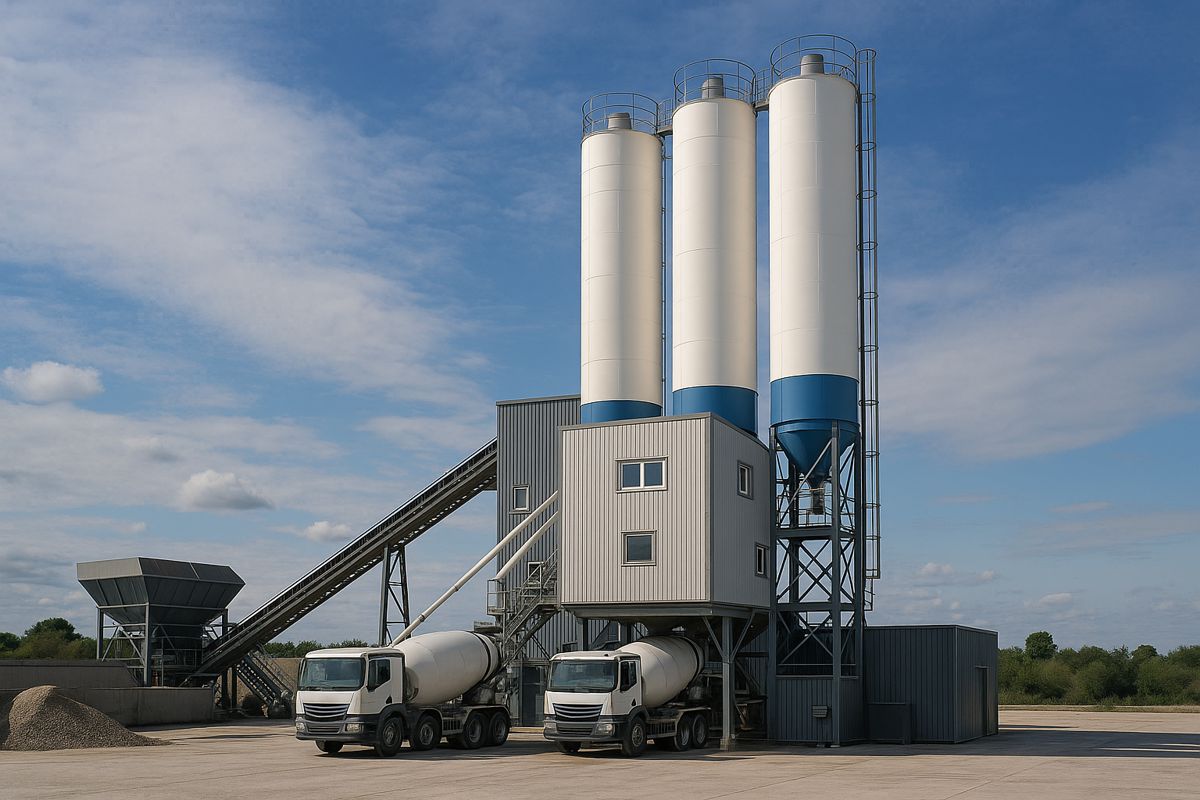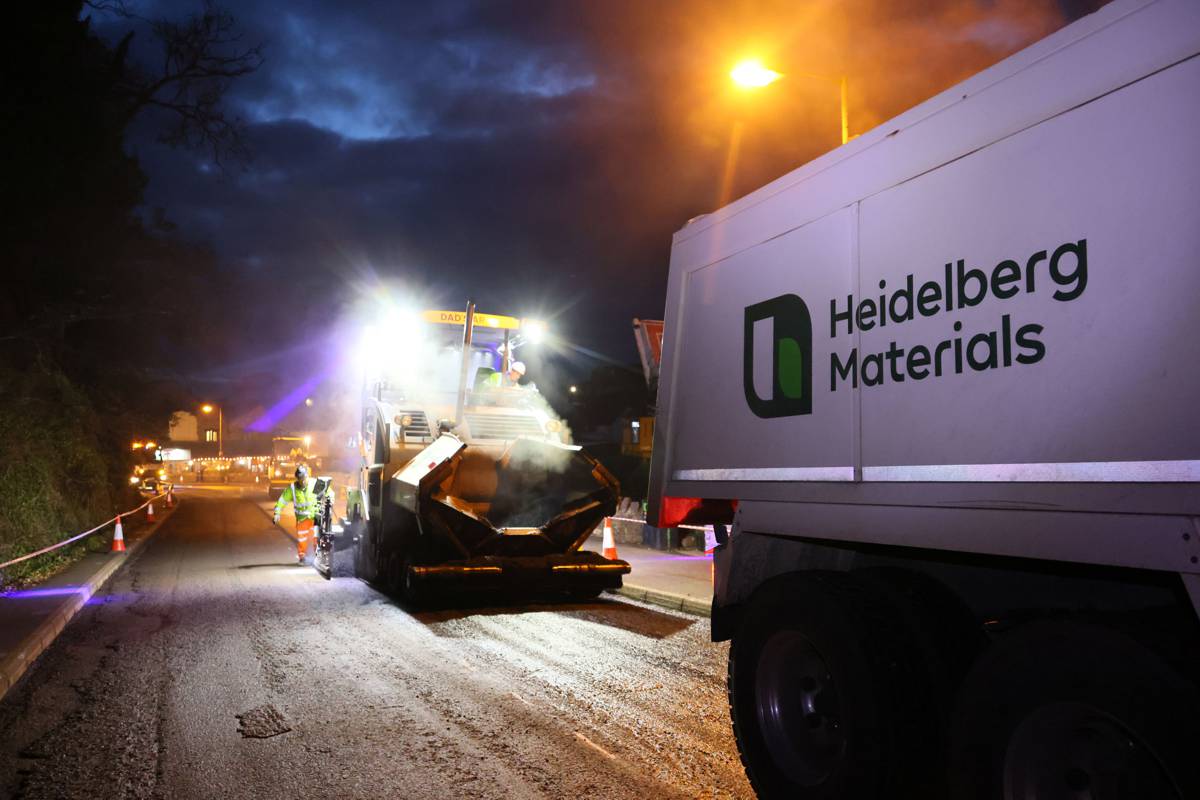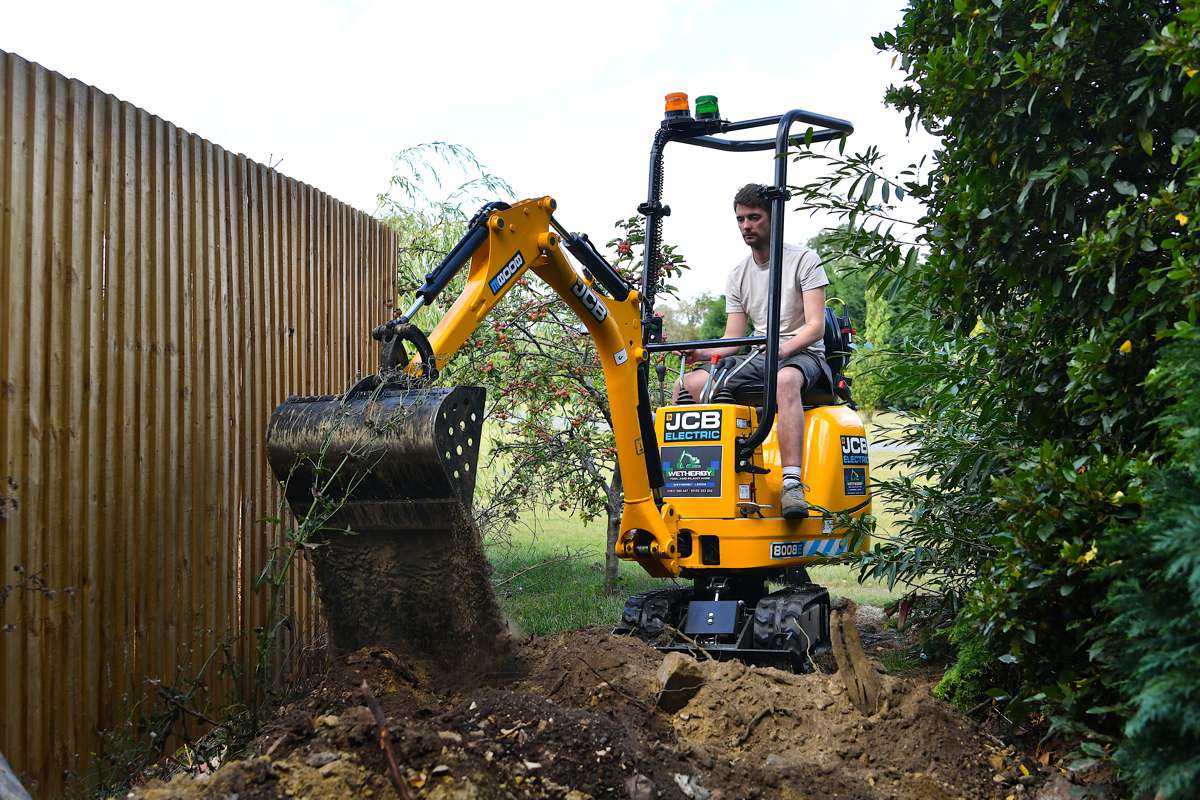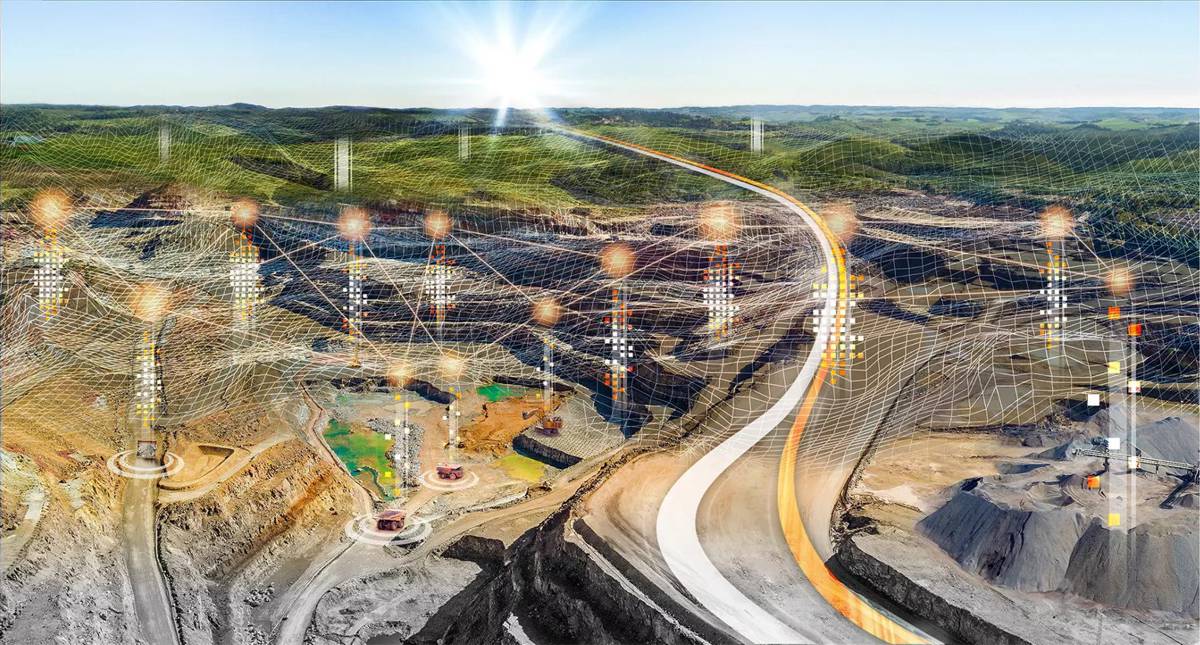Costain’s Carbon Design Tool is Transforming Sustainable Infrastructure
Costain, one of the UK’s leading infrastructure solutions companies, is taking a bold step in the nation’s race to net zero with the creation of its proprietary Carbon Design Tool. The tool, developed to identify and ‘design out’ carbon hotspots at the earliest stages of infrastructure projects, signals a new era of intelligent, data-driven decarbonisation in construction.
By addressing carbon challenges during the design phase, Costain’s innovative system enables project teams to make informed, sustainable decisions long before construction begins. This forward-thinking approach helps avoid emissions rather than simply offsetting them later, a critical distinction in achieving the UK’s 2050 net zero goals.
How the Carbon Design Tool Works
The Carbon Design Tool acts as a predictive platform during the early design stage of infrastructure projects. It forecasts potential carbon hotspots and benchmarks them against the latest RICS guidance, allowing engineers and designers to evaluate the environmental impact of multiple design alternatives.
Once identified, these hotspots can be mitigated by modifying construction methods, rethinking material selection, or adopting low-carbon solutions. Whether through reusing existing components, substituting high-carbon materials with greener alternatives, or optimising the structural layout, the tool makes carbon reduction a tangible, measurable outcome.
Accessible through an online dashboard, the tool displays data in a clear, user-friendly format that ensures everyone, from designers to project managers, can actively contribute to carbon-conscious decisions. It’s not limited to sustainability experts but designed to make decarbonisation an integral part of daily project management.
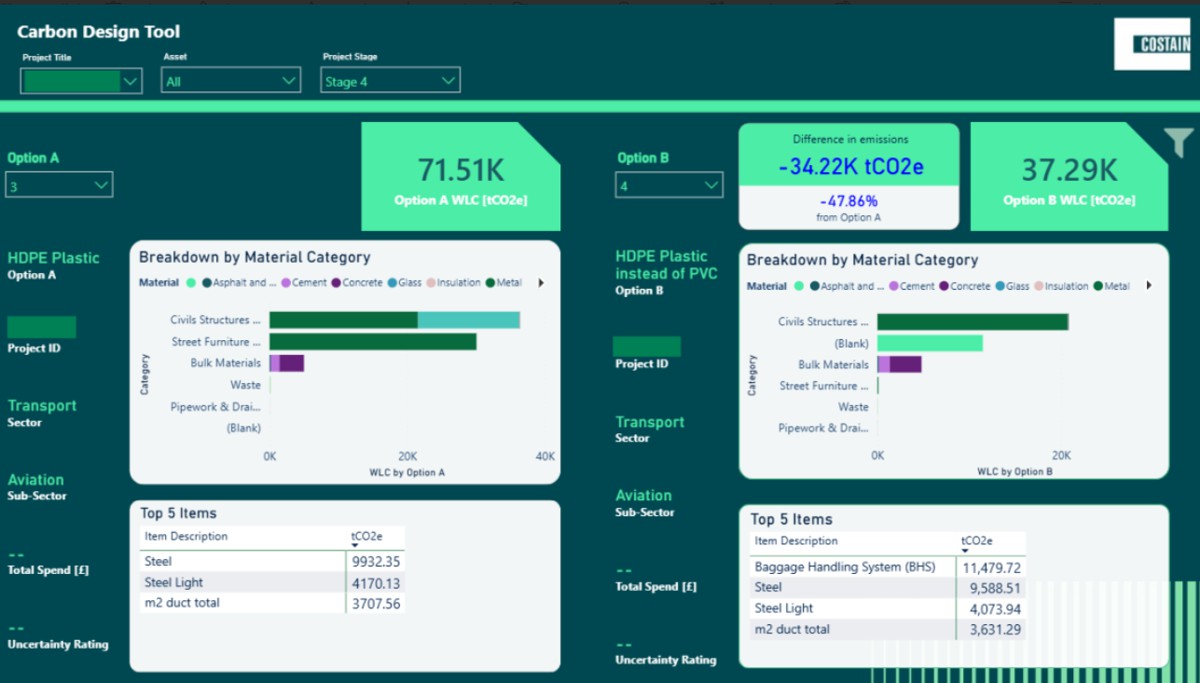
Heathrow’s 26% Carbon Reduction
Costain’s Carbon Design Tool has already proven its worth in major infrastructure sectors, including aviation, energy, and water. One standout example is its application in the design of a new baggage handling system at Heathrow Airport.
Using the tool, Costain’s team pinpointed steel as a significant carbon hotspot in the project. This insight prompted design changes that delivered a 26% reduction in embodied carbon compared to traditional approaches, a tangible result demonstrating how early intervention can yield substantial environmental benefits.
This success is now being replicated across Costain’s portfolio as the company rolls out the Carbon Design Tool across all its sectors, embedding sustainability as a core principle of modern infrastructure delivery.
Creating a Continuous Cycle of Sustainability
The Carbon Design Tool doesn’t operate in isolation. It forms part of a broader suite of digital sustainability systems, working hand in hand with Costain’s Environmental Construction Data Tracker. While the tracker simplifies emissions reporting during the construction phase, the Carbon Design Tool tackles the issue from the other end, at design inception.
Together, these technologies create an end-to-end carbon management ecosystem, enabling customers and suppliers to make data-informed decisions throughout the project lifecycle. This synergy supports continuous improvement, encouraging collaboration across the supply chain to drive measurable decarbonisation outcomes.
A Commitment to Sustainable Innovation
Nanette Heystek, Principal Sustainability Engineer at Costain, explained the company’s motivation behind the initiative: “Costain is committed to creating a sustainable future and we’re investing in tools and technologies to help our customers and supply chain understand and reduce carbon emissions from the earliest stage of a project whilst taking into account other factors such as cost, efficiency, and project timelines.”
She added: “We’ve already been successful in improving the accuracy and frequency of environmental data reporting during the delivery phase of our infrastructure projects. The Carbon Design Tool’s ability to forecast emissions at the design stage will make it easier for projects to adopt more sustainable, lower carbon methods from the outset and support a decarbonised UK.”
Aligning with Global Standards
The Carbon Design Tool aligns with PAS 2080, the international standard for managing carbon in infrastructure. Costain’s certification to this benchmark reinforces its role as an industry leader promoting best practices and collaboration in carbon management.
PAS 2080 encourages stakeholders across the value chain to share responsibility for emissions reduction. Costain’s adoption of this framework, supported by digital innovation, sets a model for how the construction industry can achieve shared sustainability targets without compromising quality, safety, or efficiency.
Integrating Digital, Engineering, and Environmental Expertise
Costain’s approach goes beyond compliance, it’s about integration. The company brings together its expertise in construction, consultancy, engineering, and digital services to deliver holistic solutions for clients in transport, energy, water, and defence sectors.
By embedding sustainability tools like the Carbon Design Tool into its project delivery model, Costain ensures that decarbonisation isn’t treated as an afterthought but as a guiding principle from concept to completion. This philosophy reflects a growing industry shift towards data-led design and lifecycle carbon assessment, crucial for future-proofing infrastructure against environmental and regulatory pressures.
Supporting the UK’s Decarbonisation Journey
Infrastructure contributes significantly to the UK’s carbon footprint, accounting for nearly 40% of national emissions when including construction and operations. Tools like Costain’s are vital to reversing this trend, helping designers and policymakers make smarter choices that balance carbon, cost, and constructability.
The UK Government’s Construction Playbook and the Institution of Civil Engineers’ push for carbon literacy both echo the need for proactive design-stage decarbonisation. Costain’s initiative aligns perfectly with these national objectives, supporting both public and private sector clients in meeting their sustainability obligations.
From Insight to Action
As the construction industry faces increasing scrutiny over its environmental impact, the need for early-stage intervention tools has never been greater. Costain’s Carbon Design Tool offers a blueprint for how digital innovation can reshape sustainability strategies and deliver meaningful results.
By making carbon data accessible and actionable, the tool empowers multidisciplinary teams to collaborate around shared environmental goals. This is the kind of systemic change the industry needs, not just to meet carbon targets but to transform the way infrastructure is conceived, built, and maintained.
Building a Resilient Future
Costain’s vision is clear: to improve people’s lives through connected, sustainable infrastructure that enables both people and the planet to thrive. By championing data-driven decarbonisation, the company isn’t just reducing emissions, it’s building resilience into the very fabric of the UK’s future infrastructure.
Through innovation, collaboration, and a relentless focus on sustainability, Costain is helping to shape a cleaner, smarter, and more prosperous nation.








